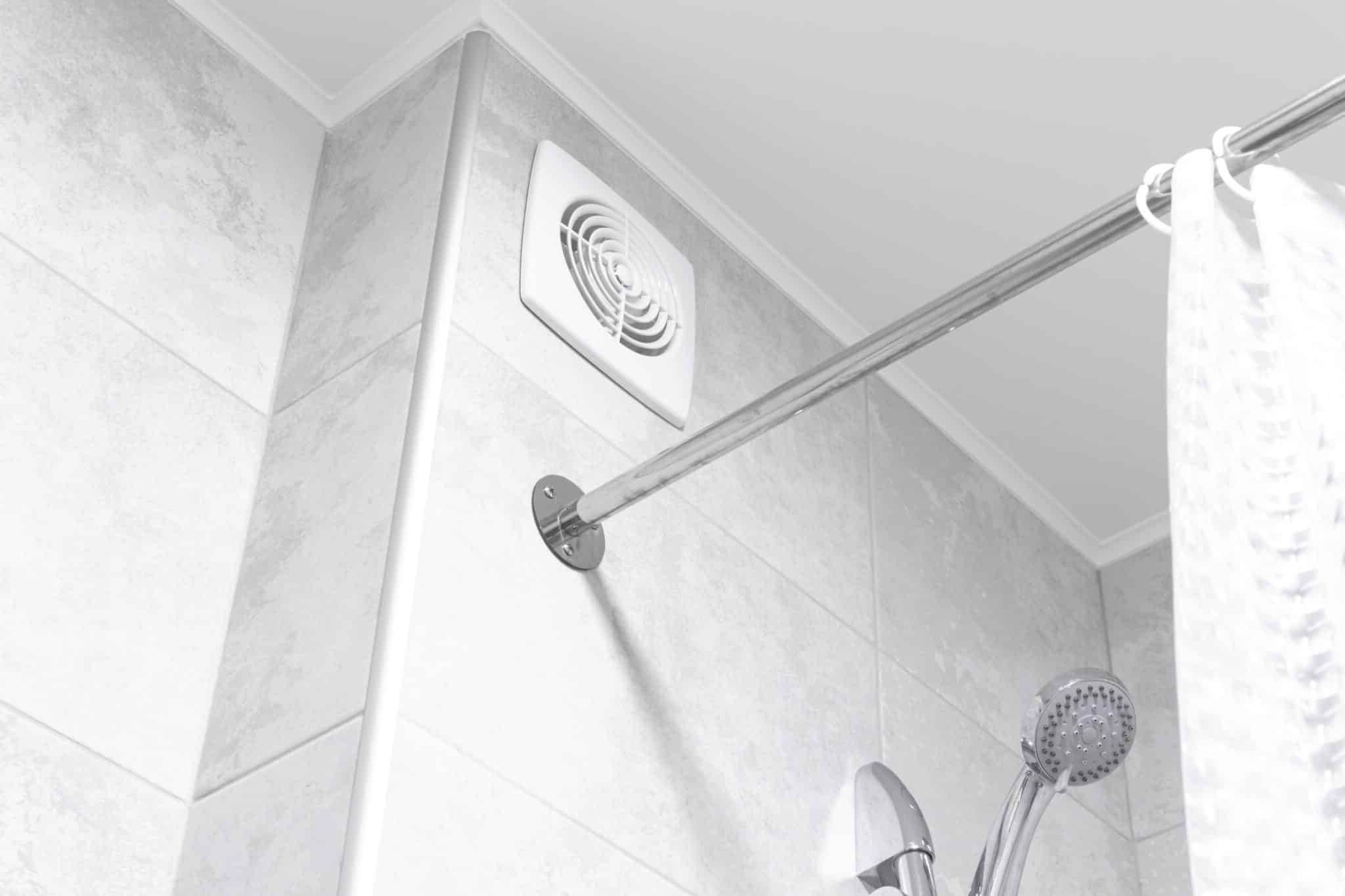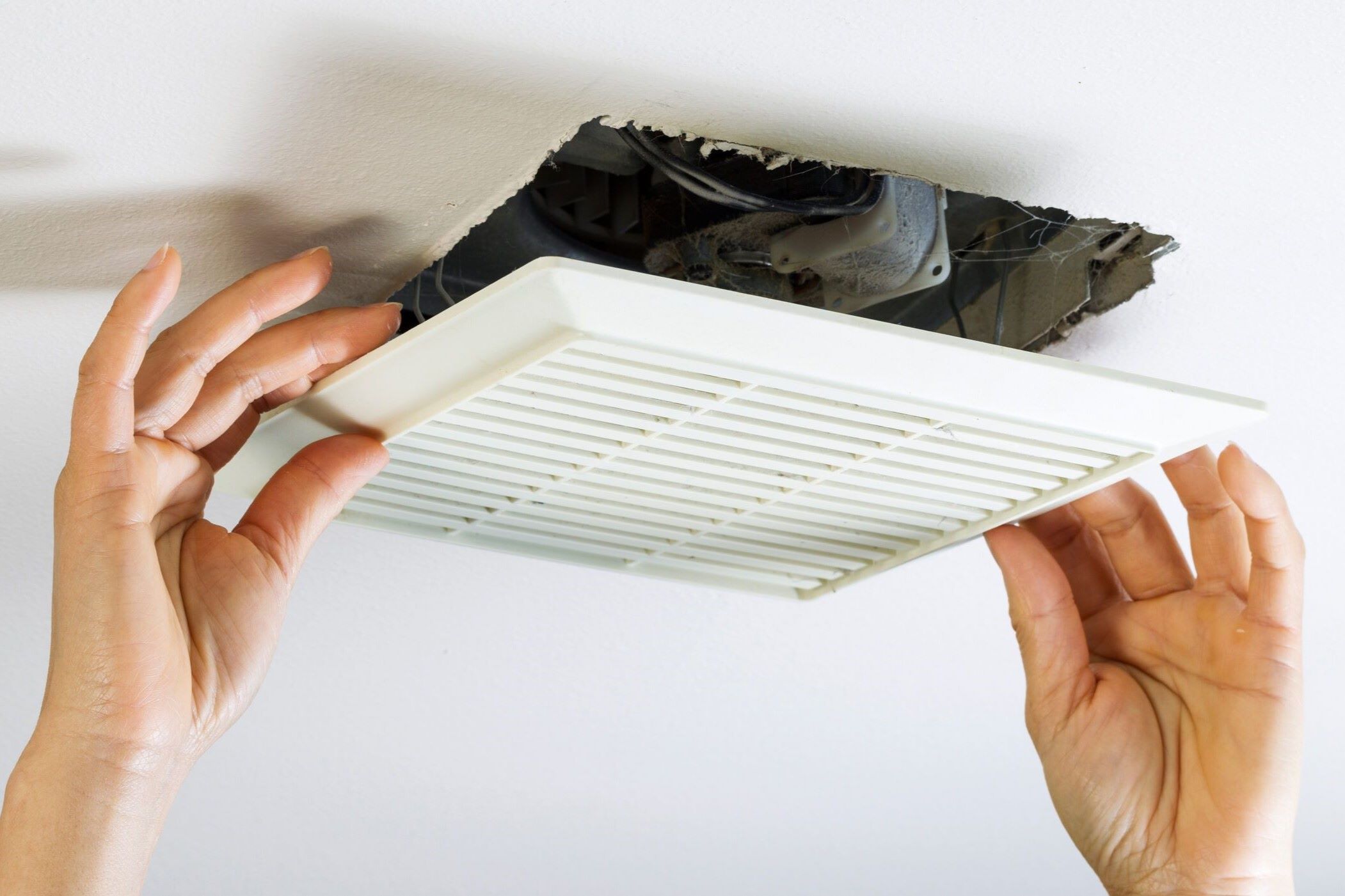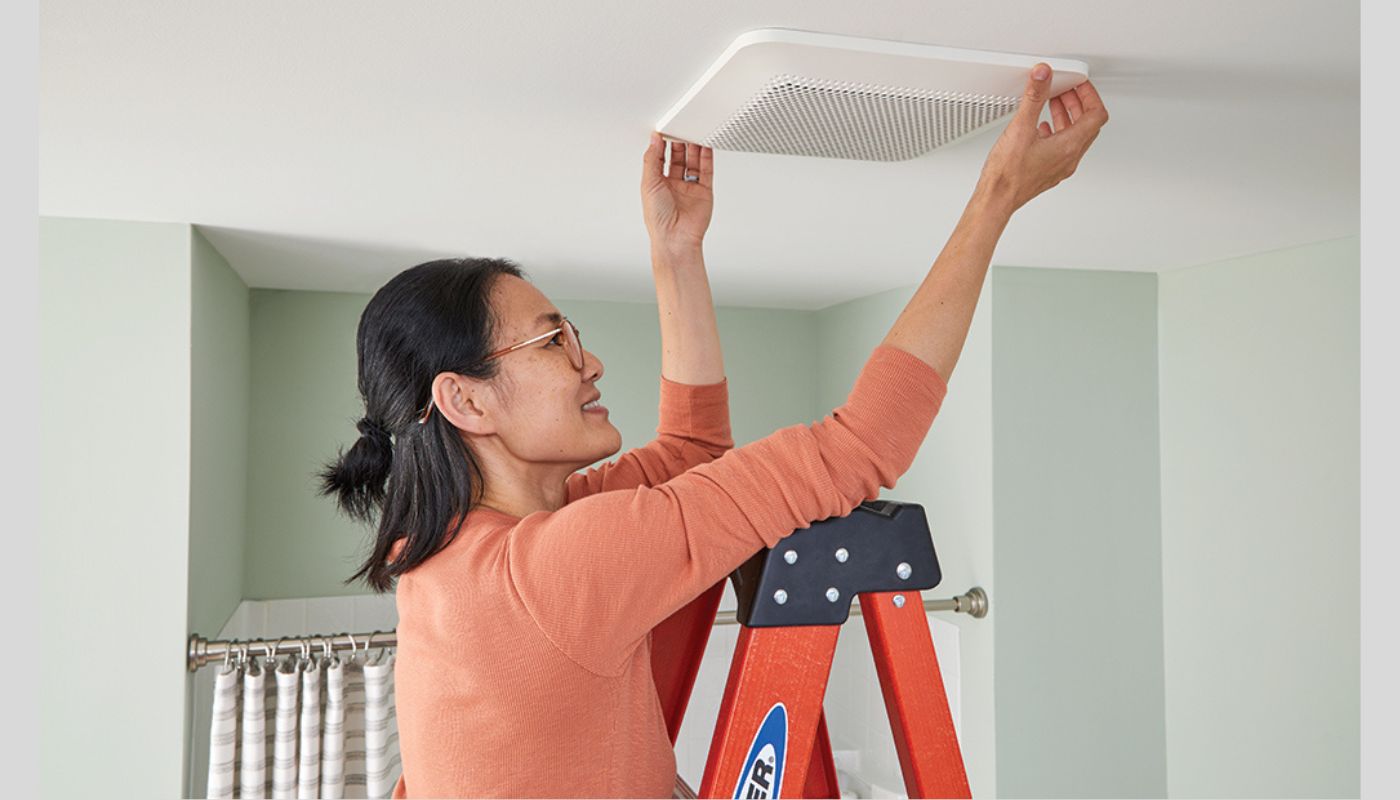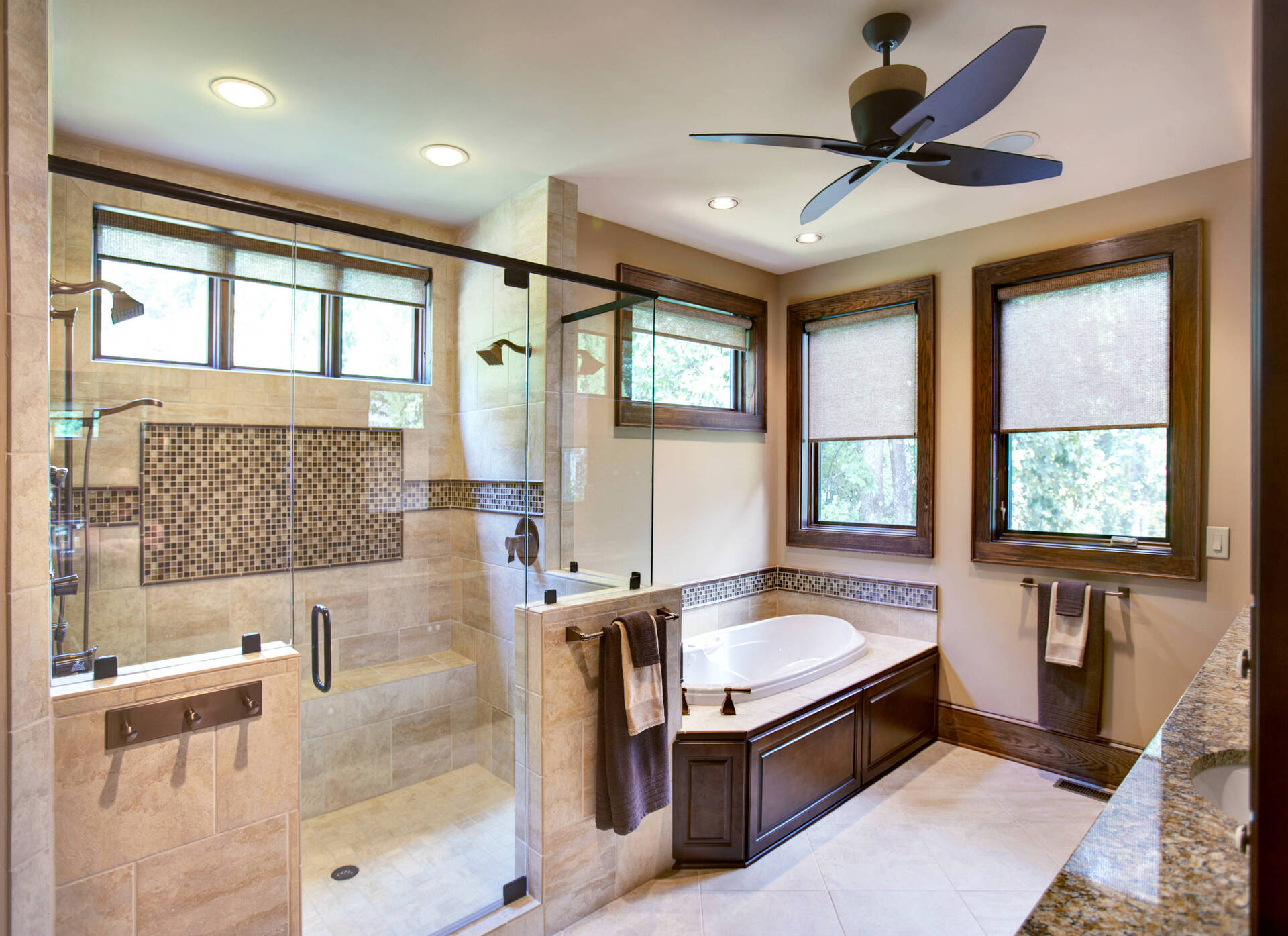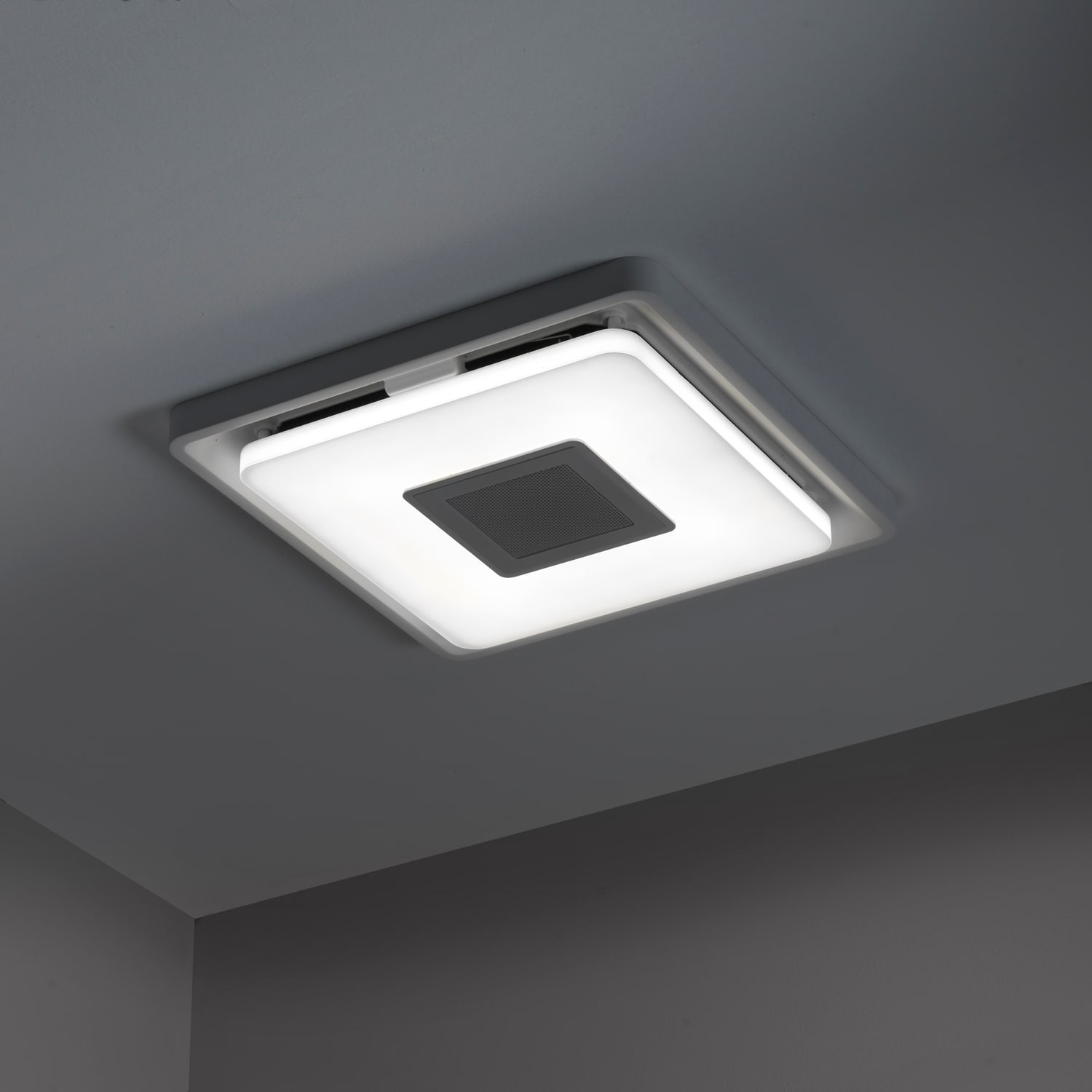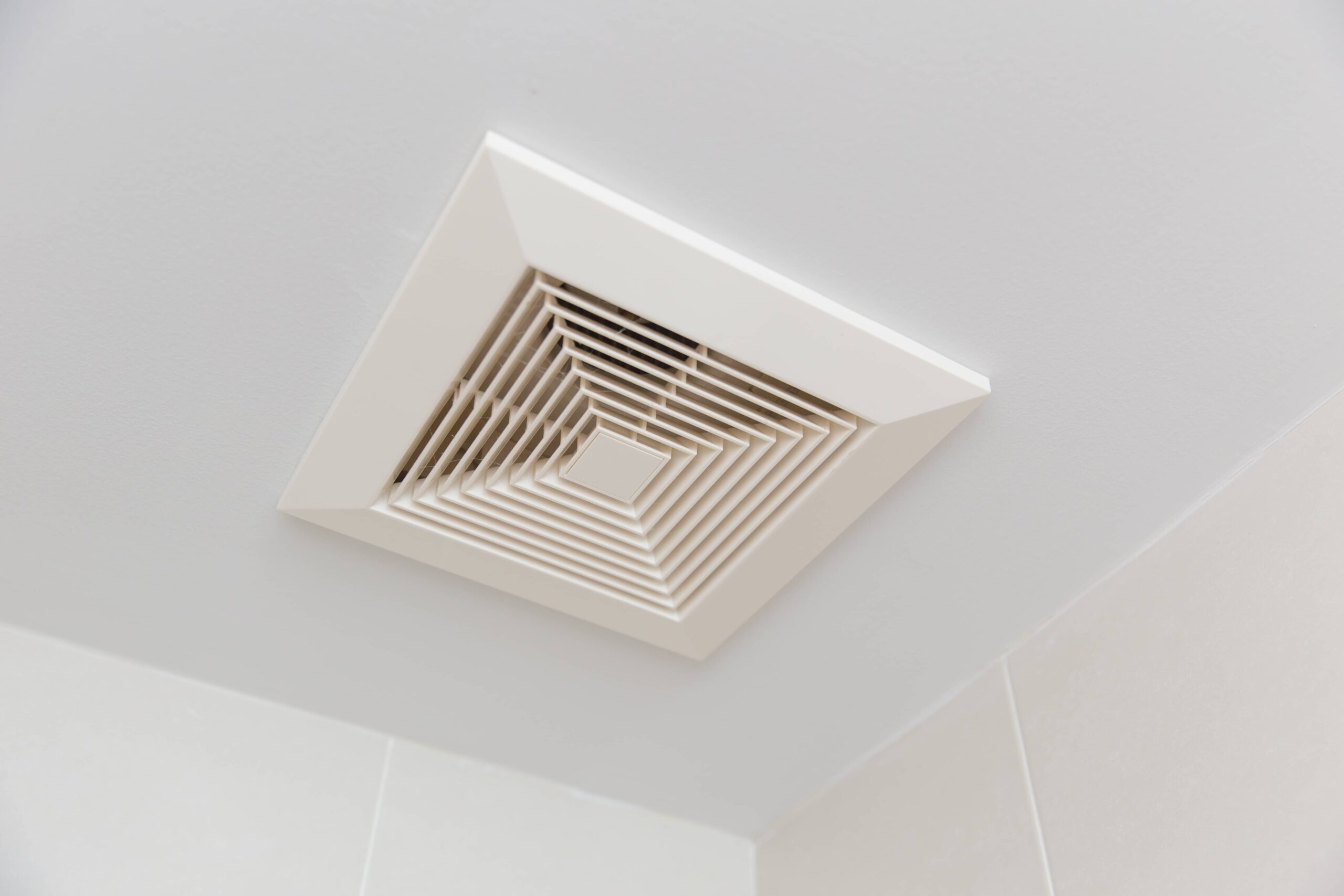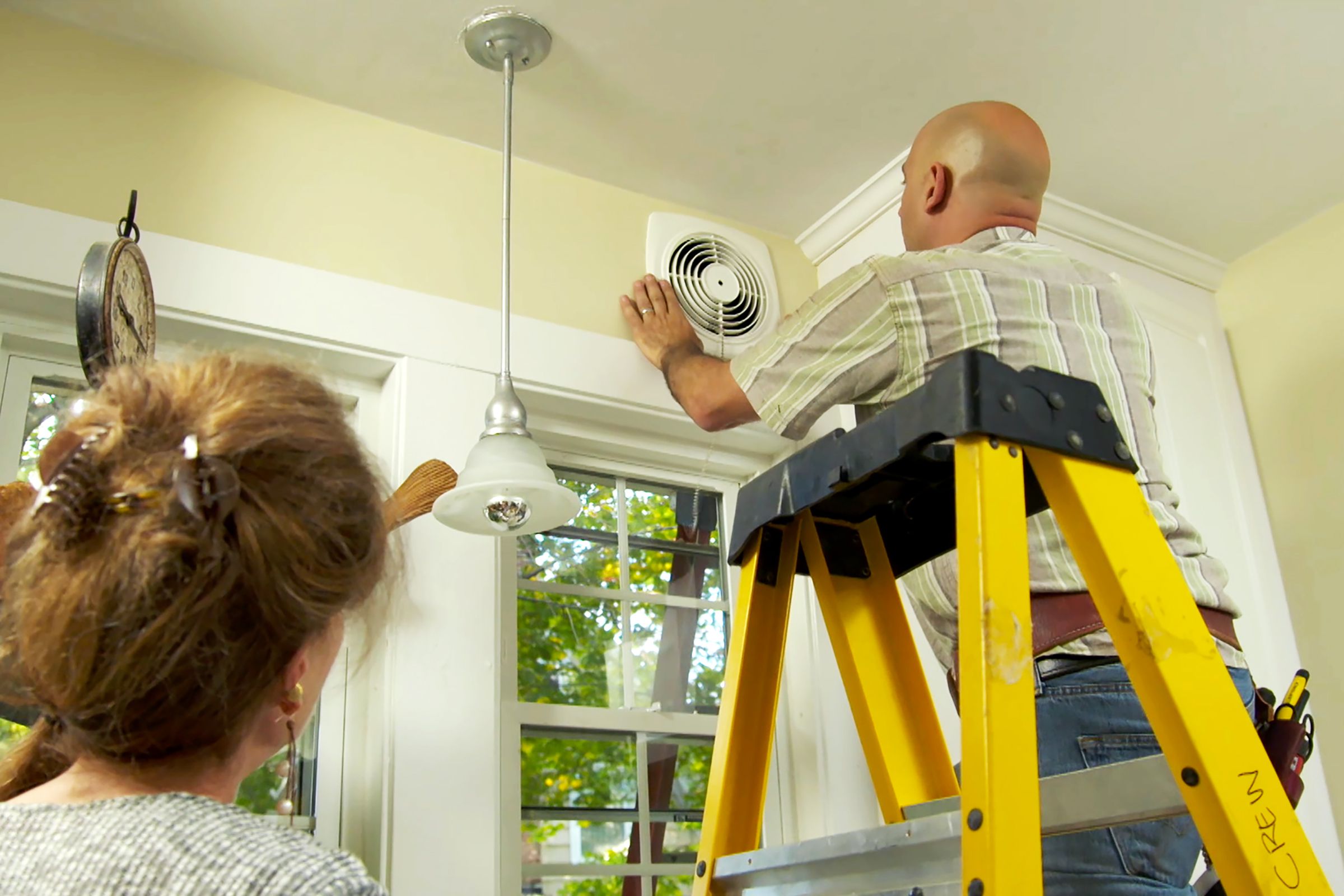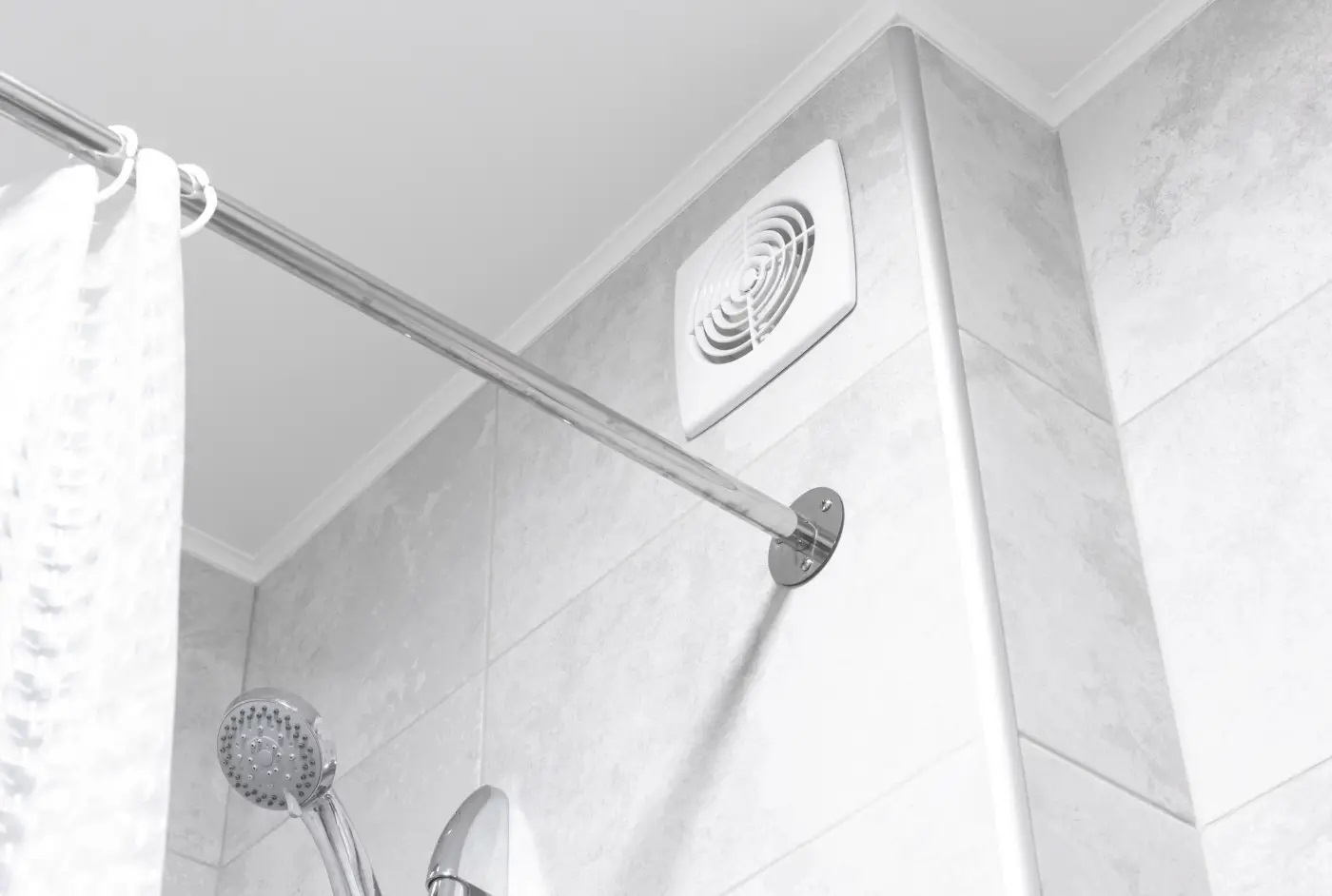Home> Bathroom Ventilation
The Ultimate Bathroom Ventilation Guide: Say Bye to Mold!
Learn how to properly ventilate your bathroom and prevent mold with our ultimate guide. Say goodbye to bathroom humidity and hello to fresh air!
How To Choose And Install The Right Bathroom Ventilation System
By: Olivia Parker • Ideas and Tips
How To Choose And Install The Right Bathroom Fan With Air Quality Monitoring
By: Oliver Mitchell • Ideas and Tips
How To Install A Bathroom Vent Fan For A Mildew-Free Space
By: Alexander Johnson • 50 Best Bathroom Storage Ideas Of All Time
